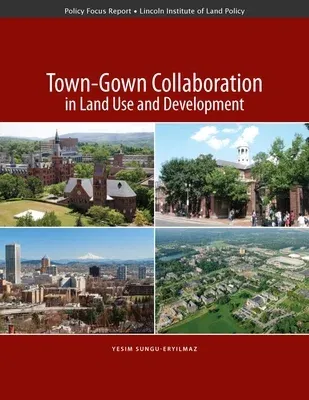Yesim Sungu-Eryilmaz
(Author)Town-Gown Collaboration in Land Use and DevelopmentPaperback, 11 July 2009

Qty
1
Turbo
Ships in 2 - 3 days
In Stock
Free Delivery
Cash on Delivery
15 Days
Free Returns
Secure Checkout

Part of Series
Policy Focus Reports
Print Length
32 pages
Language
English
Publisher
Lincoln Institute of Land Policy
Date Published
11 Jul 2009
ISBN-10
1558441956
ISBN-13
9781558441958
Description
Product Details
Author:
Book Format:
Paperback
Country of Origin:
US
Date Published:
11 July 2009
Dimensions:
27.43 x
21.08 x
0.76 cm
ISBN-10:
1558441956
ISBN-13:
9781558441958
Language:
English
Location:
Cambridge
Pages:
32
Publisher:
Series:
Weight:
158.76 gm